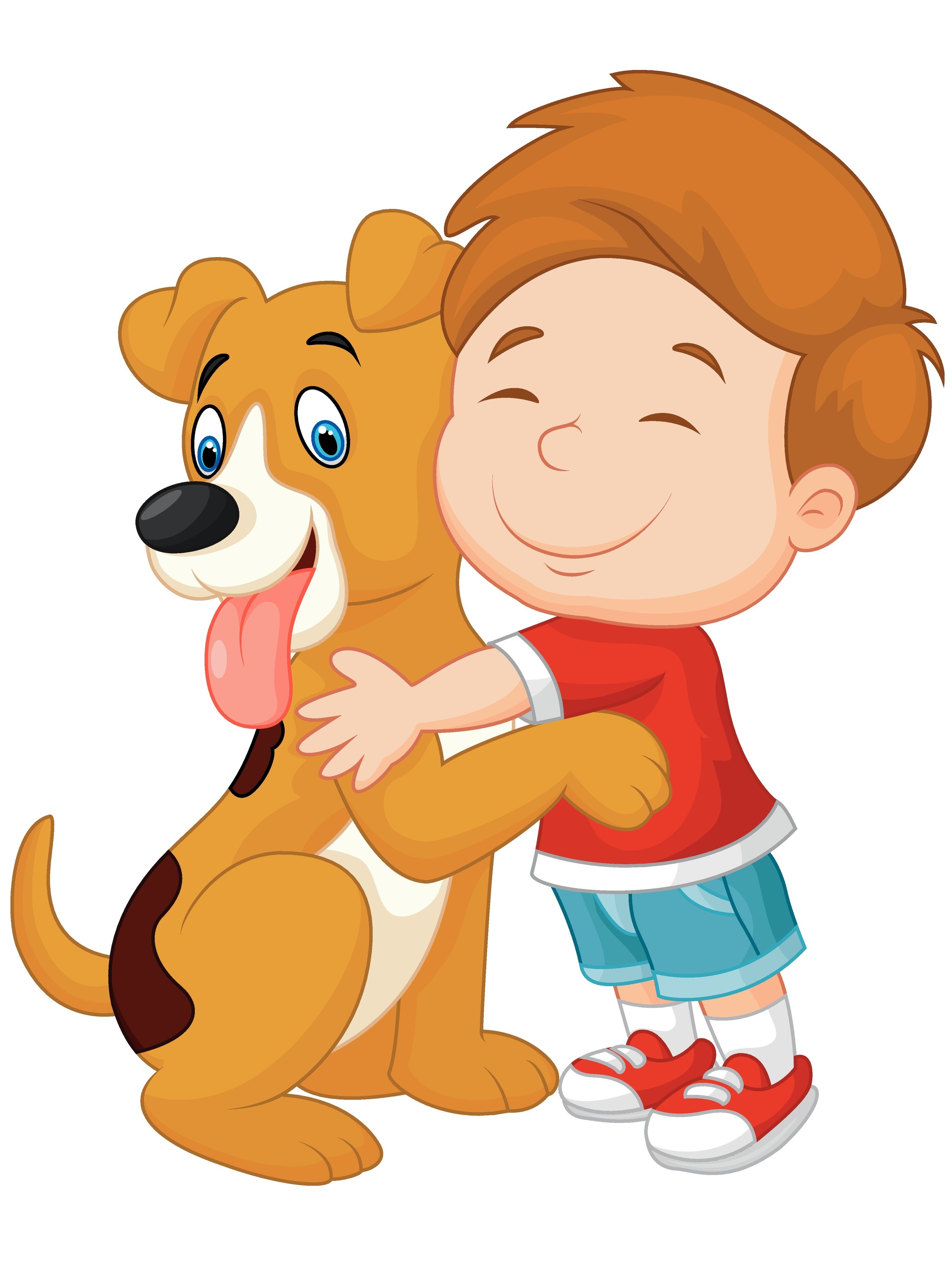The Story of Wally and Wuzzy
Social media can be fun, but can feel strangely cold. Time spent in the real world with friends can make you stronger and happier. See how a furry friend made a difference in a boy’s life even after the puppy was gone.
Wally was tiny,
born quiet and calm.
People made him feel funny,
Made him run to his mom.
Strange kids made him cry
And new places were scary
And any adventures
Made poor wee Willy wary.
His mom and dad wanted to find him a friend,
A buddy to help him grow up.
They went to the pound, took a good look around—
and brought Wally a fuzzy, cute pup.
He called the pup Wuzzy and loved him a lot.
With Wuzzy, wee Wally felt strong.
Other kids came a running,
They asked Wally questions,
And Wally could hang all day long.
Wally and Wuzzy grew up as a team.
Wuzzy helped Wally make pals.
After years little Wally got older and cooler,
He made good friends with guys and—GASP—gals!
But his best bud of all was his fuzzy old friend
Who stood by his side those hard years.
But Wuzzy got older and soon life made him tired.
Wuzzy had spent his dog years.
And one hard, dark day, the vet checked Wuzzy’s heart,
And said Wuzzy’s last day had arrived.
With tears and with anger, with a huge aching soul,
Wally kissed his dear friend good-bye.
For the first time in years Wally’s felt all alone.
He tapped out his grief in a post.
“My best friend is gone and has left me so empty,
I feel like a sad, living ghost.”
Replies started coming.
Some typed “Buck up, pal.”
Others said, “Chill.”
Others just wrote, “Feel so bad.”
But the words were just letters
Typed out on a screen.
And they left teenage Wally still sad.
The postings, he thought, were meant to be kind,
But something about them felt cold.
His missed his warm Wuzzy, his muzzle and tongue
And how his dear friend had made him bold.
He logged off his computer and braved the outdoors.
He went to where Wuzzy had played.
A friend ran to him, heard his sad story
And shared his dog—Flip–for the day.
Wally liked his computer and going on-line,
But knew that when life felt this low,
Postings and likes were okay for a while,
But really didn’t ease his deep woe.
Going out to the park, watching other dogs play
Seeing people who loved Wuzzy, too,
Made Wally feel like he belonged in the world.
Their memories, pictures and stories so true
Filled Wally with strength and made him feel bold.
The real world that he shared with his pal
Touched him from his bones to his heart.
Time spent together remembered and shared
Meant that the two would never be apart.
Life on-line was fun, that was true,
But dog breath and tongue licks and
Catching thrown balls
Were better than posting and likes for his wall.
Wuzzy was never on-line in his life.
He never once posted or hit the button to “like.”
But Wally will spend the rest of his days
Remembering the buddy who made him feel brave.
Wally and Wuzzy
By T.S. Paulgaard
Supporting Children through Grief and Loss: Coping Strategies and Resources






